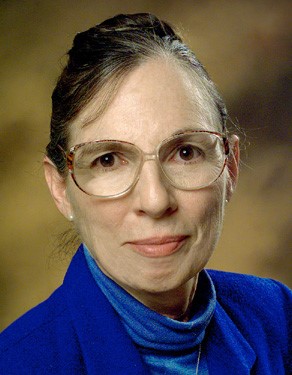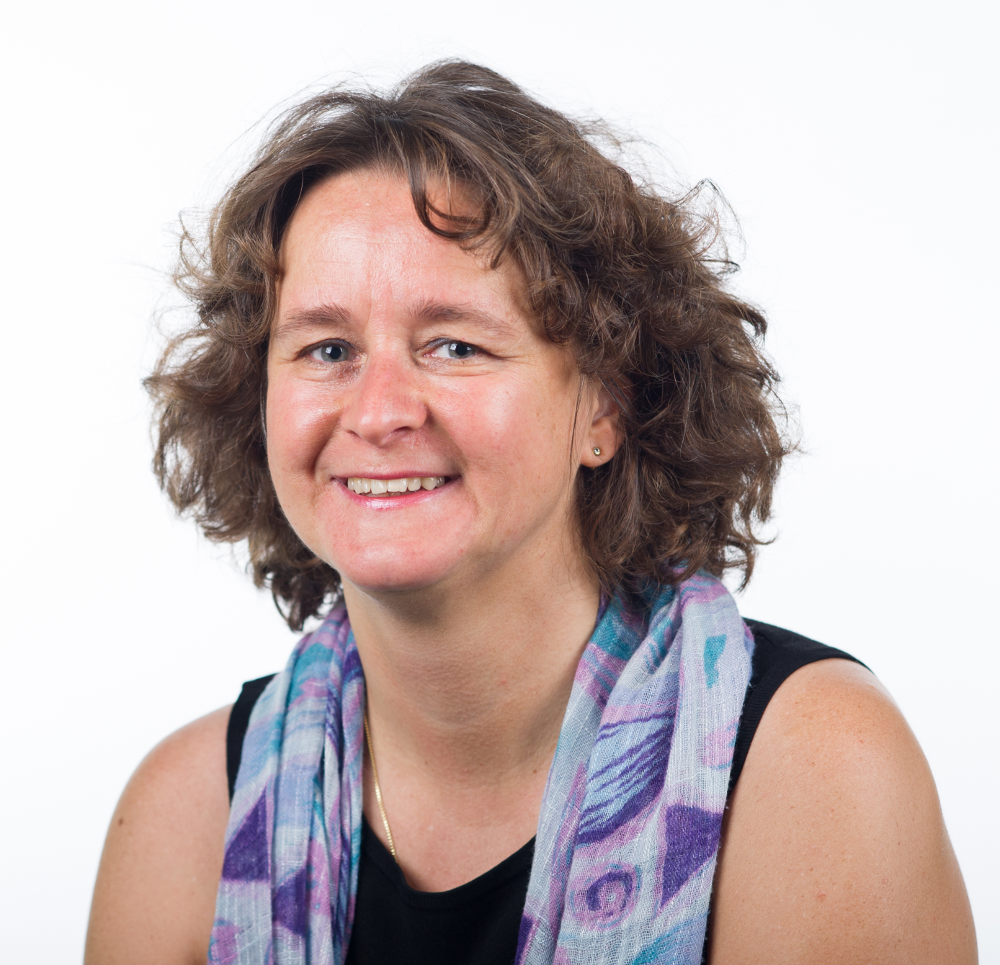Betsy Middleton Sutherland was a pioneer and leader in the field of DNA damage and repair
By Francesca Storici
Betsy M. Sutherland was a pioneer and a leader in the field of DNA damage and repair induced by radiation. A renowned biochemist, she led the Biology Department of the Radiobiology Program at Brookhaven National Laboratory from 1994 until her untimely death in 2009. Her profound explorations of the mechanisms of DNA damage and repair led to new ways of thinking about how radiation causes lesions in DNA, how such lesions can be fixed, and the consequences if DNA repair fails.
Residing in the nuclei of cells, DNA is the genetic material that is essential for all known forms of life. It can be damaged by radiation in distinct ways.
Radiation is an emission of energy as waves or particles. When radiation consists of atoms, ions, or subatomic particles moving at high speed, the energy is high enough to break molecules, chemical bonds, and atoms. Less energetic radiation – such as ultraviolet (UV) light, X-rays, and gamma rays – can trigger adverse molecular reactions. Betsy studied the effects of both ionizing and non-ionizing radiation on DNA.
At the foundation of Betsy’s research was a challenging problem: finding the effect of radiation-induced DNA damage on biological systems, including plants, human cells, and human skin. She demonstrated that UV light transforms normal human cells into cancerous ones. By studying how exposure to UV transforms human skin cells, her work allowed analysis of tumor-causing molecular changes in DNA and enabled understanding of the molecular mechanisms of human skin cancers.
In recognition of her pioneering work, the U.S. Department of Energy (DOE) awarded Betsy the Ernest Orlando Lawrence Award in 1985. She was the first woman so honored by DOE. The award recognized her outstanding contributions to the field of DNA repair through her systematic analyses of the biological consequences of UV irradiation of bacteria and human cells. According to the citation, Betsy “set new standards and goals through applying powerful technologies of genetic manipulation and DNA cloning in the field of DNA repair.”

Betsy M. Sutherland. Courtesy Brookhaven National Laboratory.
Her profound explorations of the mechanisms of DNA damage and repair led to new ways of thinking about how radiation causes lesions in DNA, how such lesions can be fixed, and the consequences if DNA repair fails.
By studying how exposure to UV transforms human skin cells, her work allowed analysis of tumor-causing molecular changes in DNA and enabled understanding of the molecular mechanisms of human skin cancers.
Betsy’s research continues to guide investigations on the biological effects of radiation. Now more than ever, concern about the effects of radiation on humans is strong. Her findings undergird studies on DNA damage caused by radiation from radiotherapy, radiomimetic drugs, nuclear disasters, ozone depletion, and space travel.
Moreover, we uncover a model scientist and an inspiration for all who seek new challenging questions in radiation biology and beyond.
In the mid-1990s, Betsy focused her research on the effects of ionizing radiation. Humans are exposed to natural sources of ionizing radiation, including radon and cosmic rays. Moreover, humans can be exposed to ionizing radiation for medical purposes such as diagnostic X-rays or nuclear medicine to treat some cancers. Additionally, humans are exposed to ionizing radiation through space travel, as well as nuclear accidents, such as the 2011 nuclear power plant disaster in Fukushima, Japan.
Using DNA preparations, organisms, tissues, and various cell types, such as human hematopoietic stem cells and cells derived from human cancers, Betsy characterized DNA changes due to ionizing radiation in vitro and in vivo.
She was among the first to measure the ability of cells, using DNA-repairing enzymes, to mend radiation-induced DNA damage. She developed and validated a way to quantify classes of clustered DNA lesions, the typical damage caused by ionizing radiation. She found that the frequency of such clusters is directly proportional to dose. She showed that the biological consequences of DNA lesion clusters depend largely on cluster interaction with DNA-repairing enzymes. And she developed a unique radiation exposure model that is relevant to the types of radiation bombarding astronauts in space.
Betsy’s research continues to guide investigations on the biological effects of radiation. Now more than ever, concern about the effects of radiation on humans is strong. Her findings undergird studies on DNA damage caused by radiation from radiotherapy, radiomimetic drugs, nuclear disasters, ozone depletion, and space travel.
By travelling through Betsy’s journey of exploration of DNA damage and repair, we learn a lot about the effects of atomic energy on the DNA of cells. Moreover, we uncover a model scientist and an inspiration for all who seek new challenging questions in radiation biology and beyond.
About the Author

Francesca Storici. Courtesy Georgia Tech.
Francesca Storici is an associate professor in the School of Biological Sciences and a Howard Hughes Medical Institute Faculty Scholar. Originally from Italy, Storici shares with Betsy M. Sutherland a great interest in the repair of DNA damage. While at the National Institute of Environmental Health and Sciences, she showed that a DNA double-strand break can be efficiently repaired by single-strand DNA fragments. The mechanism proposed for the repair is similar to that proposed for the repair of high-density lesions caused by ionizing radiation, which were characterized by Betsy’s studies (Storici et al., Mol. Cell. Bol. 2006).
At Georgia Tech, Storici’s research strives to understand the relationship between DNA and RNA in the context of genome stability. Recently her group discovered that RNA – a macromolecule very similar to DNA and made directly from DNA in the process of transcription – can be the template to patch breaks in DNA of actively transcribed genes (Keskin et al., Nature 2014).
Now, inspired by Betsy’s work on clustered DNA damage, Storici hypothesizes that RNA-driven DNA repair could be a safe mechanism for a cell to repair such dangerous, clustered lesions in actively transcribed DNA. She thanks Betsy for stimulating this new idea.
